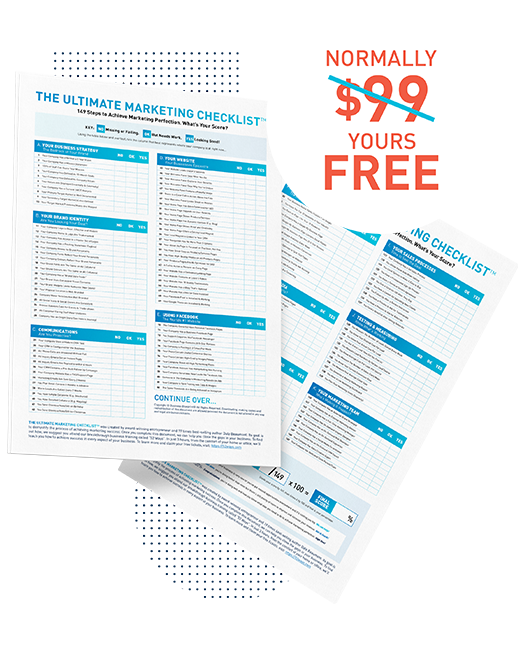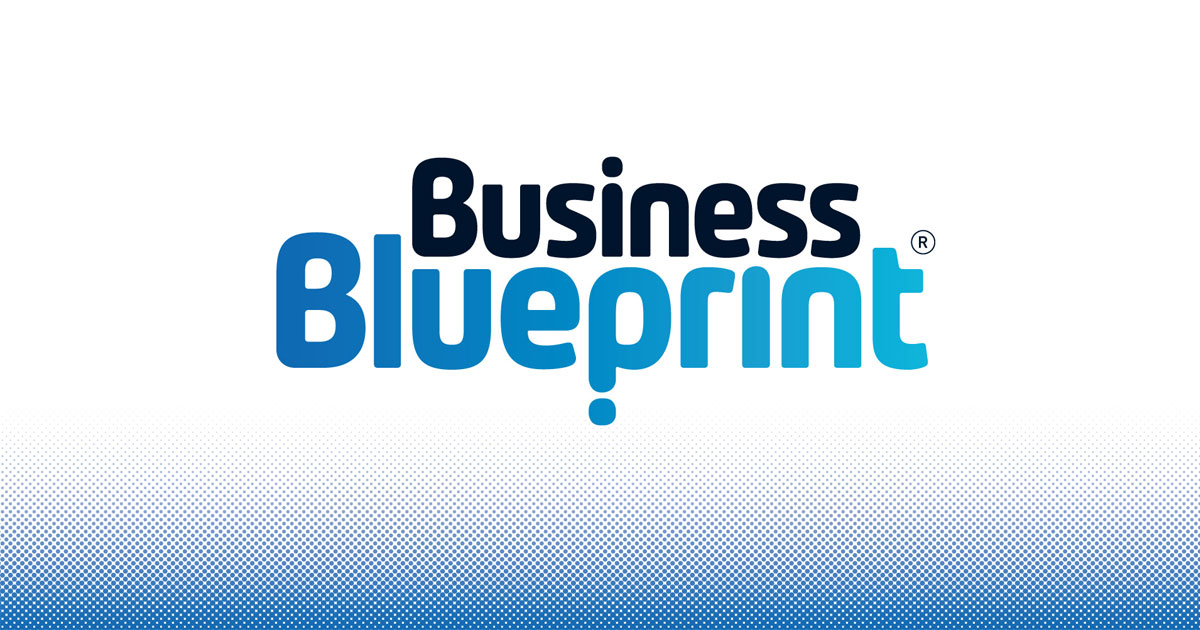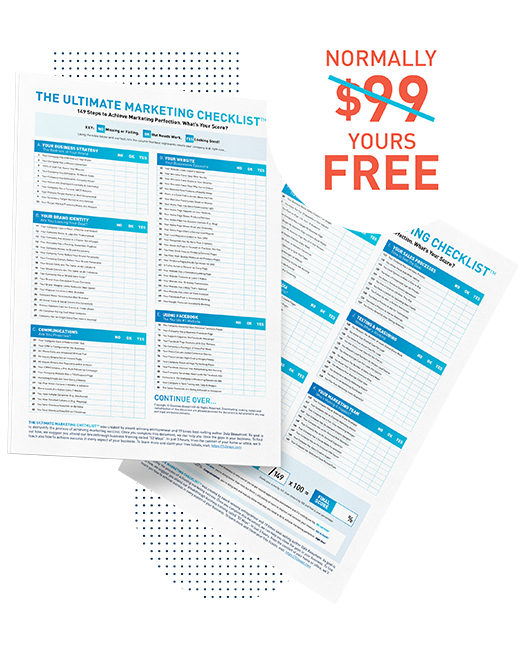There are many forms of advertising communication, the trick is using each form in its correct manner. When using the form to its utmost potential, this is the moment where success comes from. In an interview between Dale Beaumont and Morris Miselowski find the top six techniques of communicating and their effectiveness.
Morris Miselowski, at the age of 22, built a million dollar business that employed over 800 part-time staff. Today Morris is the managing director of Success Through Focus and is regarded as one of the countries leading business futurists.
In your experience what are some of the most effective ways to advertise and promote a business?
There are six broad ways we can communicate (through advertising and promotions) what we have to offer:
- Personal selling – the most common method of communication is one-to-one, or one-to-many through a face-to-face product or service introduction and demonstration. This form of promotion is used most often and is effective because you’re eyeball-to-eyeball with the consumer, you can change the message if required, answer any objections and ask for the order.
- Sales promotions – short and medium-term incentives and offers, discounts and prizes can be used to kick along sales, introduce or re-energise a product, or quickly delete old stock. This can be effective, but can decrease your profitability, and if used for too long can devalue your product’s perceived value.
- Public relations – unpaid advertising in which you send stories of your business or yourself to the media in the hope that they will publish it. This is a great tool, but comes with no guarantee that the story you want promoted will be newsworthy or interesting enough for the media to use. And if they do, you cannot control how or when they might use it. The positive side is that a story is seen as an impartial endorsement of your product or service and therefore holds greater credibility in consumers’ minds.
- Advertising – any paid-form of non-personal presentation and promotion by an identified sponsor. However, television, radio and newspaper advertising generally requires a larger budget then most small businesses can justify.
- Direct marketing – involves letters, samples, telephone calls and other contact messages sent directly to the consumer, usually at their home or office. This is a great way to go directly to your consumer and the best lists are the ones you create from your loyal customers. You can also buy mailing lists to your specifications from list brokers. The downside is that consumers receive so much direct mail that they often don’t even open it.
- Internet – a brave new frontier of online communication ranging from personal and company websites to banner advertisements, search engine listings, pay-per-click, cross promotional banners and more. This newest form of promotion is just starting to take hold and the interesting thing is that often much of the advertising content is developed and produced by the consumers themselves.
Within each of these categories there are many more forms of promotional possibilities – the most effective one is the one that suits your budget, your needs, and your consumers’ interests. No single method works in every situation and often a mixture of promotions and advertising is needed.
Eight out of every ten people I ask about the success of their promotion can’t tell me if it worked and why. The trick to a great promotion is to methodically measure the success of every campaign against pre-defined criteria.
For more of this interview check out “Secrets of Small Business Owners Exposed!“.


